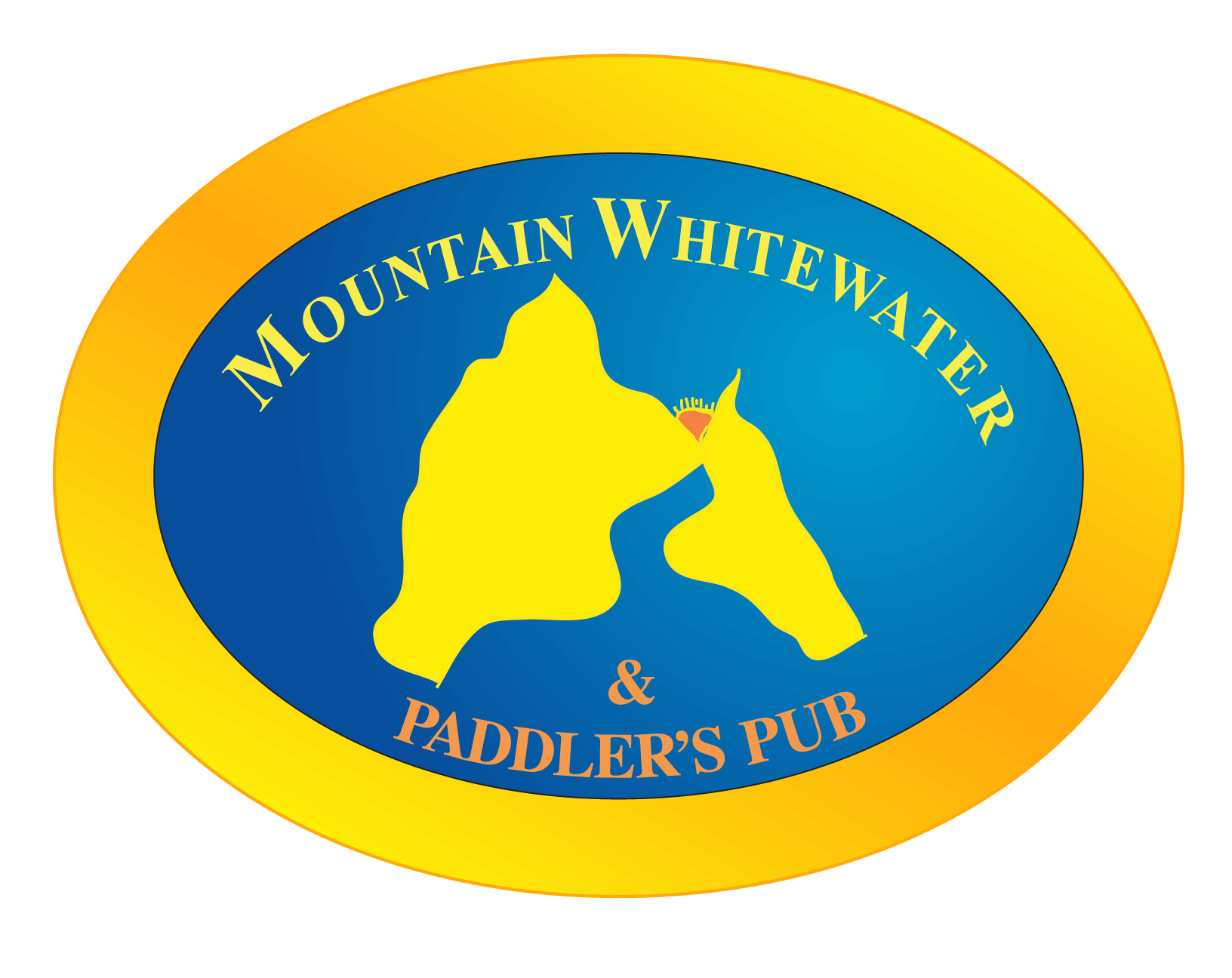History of Whitewater Paddling | Mountain Whitewater

Original text by Jed Policky in July, 2001. Eddited by Ben Costello in February, 2018
The Origin of Kayaks and Canoes in North America
- the Inuit and other people native to the Arctic Regions of North America and Greenland designed the first kayaks and canoes in North America. However, these kayaks were not made to run rivers like the ones that we run today. These native kayaks were made for use in the open seas to carry loads and for hunting.
Native Kayaks and Canoes Closer to Home
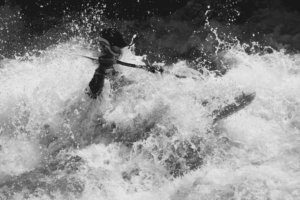
- Native Americans had canoes made of bark, particularly birch bark in the 1700s. Although these canoes were primitive, there was great skill put into their design and construction. They were designed for various water conditions such as rapid streams, quiet waters, lakes, and along the coast.
- During this same time period, the fur trade was developing and expanding across North America. At this time, European trappers and fur traders started using kayaks and canoes. They first purchased the bark canoes form the native builders. Later, French craftsmen began to build their own canoes with wooden frames on the inside for the internal structure and canvas on the outside to form the shell.
The Beginnings of Whitewater Navigation
- The first attempt to navigate a whitewater river happened in 1811. The group attempting the journey on the Snake River in Wyoming found they did not have proper equipment or skills, so the river was deemed too difficult to run.
- The first rubber raft was built in 1840 by Lt. John Freemont and Horace Day in order to survey the Rocky Mountains via the Snake River. The expedition and raft failed due to the rough waters.
Early Colorado River Expeditions
- In 1869 and 1871, John Wesley Powell led the first two expeditions down the length of the Colorado River. The trips were an effort to produce a systematic and scientific survey of the Colorado River drainage system. Powell’s exploration of Colorado’s Rivers not only helped develop and expand the west; it sparked the imagination for further whitewater exploration. Powell used wooden boats on his journeys, making for a very difficult endeavor. Powell’s expeditions set the precedent for commercial river running which started out using wooden boats.
The Popularity of River Running Increases
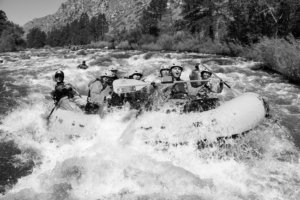
- Paddling had been a recreational activity in both the US and Europe since the early 1900s, but it wasn’t until the 1940s that the first major advancements began to develop. With new materials, such as fiberglass and aluminum to make kayaks and canoes and synthetic rubber for rafts, river activities started to increase in popularity, though the number of participants was still small compared to today’s standards. Rafts were also available through war surplus stores, which created an increase in the number of people rafting. This increase of rafting mainly was focused in the west and opened many boundaries for running whitewater.
- The first successful whitewater rafting expedition took place in July of 1940. Clyde Smith was able to navigate the Snake River Canyon in a homemade rubber raft.
- The 1st Annual Royal Gorge Boat Race was held in 1949 in Salida, Colorado. It is now the oldest whitewater race in the Western Hemisphere
Paddling in the 1950s
- Kayakers invented the “Eskimo Roll” in the 1950s. This is the technique that allows for kayakers to right themselves after flipping over without leaving their boat.
- Many boaters improved their technique and skills due to new boat designs and new materials. This revolution gave way to many 1st descents of rivers in the US.
- The scale for rating rapids that we still use today was developed in the 1950s. The International Scale was developed by the American Whitewater Association to rate rivers from Class I-VI. Class I being the easiest, and class VI as the hardest.
- Some of the first commercial raft trips were run out of a lodge John D. Rockefeller, Jr. built in Grand Teton National Park. The float trips used surplus war rafts that were 27 ft long. Less than 500 people went that first year.
River Conservation and More Innovation in the 1960s
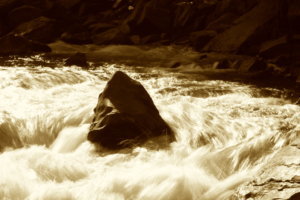
- As technique and boat design continued to improve during the 1960s, the difficulty level of rivers being run increased.
- The number of people participating in commercial rafting trips increased greatly during the 1960s with the growing number of river outfitters.
- The first commercial rafting companies running the Grand Canyon began in the 1960s. Some companies used the then-new large rubber rafts. Others used wooden dories that harken back to the Powell era.
- During this same time period, many rivers were beginning to be damned for hydroelectric power, irrigation, or for water storage in reservoirs. Many rivers were changed or even lost forever due to dams being built. Conservation of rivers became an important national topic of concern among boaters and conservationists. On Oct. 2, 1967, the Wild and Scenic Rivers Act was passed. The National Wild and Scenic Rivers System was established a year, protect rivers from dam building and preserving the free-flowing nature of some of our nations most popular and pristine rivers.
Whitewater Paddling Popularity Booms
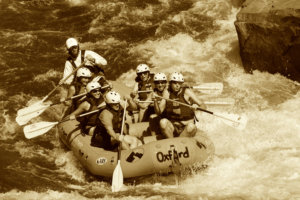
- Movies, like Deliverance that was released in 1972, brought whitewater paddling to a more mainstream and widespread audience.
- Whitewater sports were included in the ’72 Olympics in Augsburg, Germany.
- Playboating began during this period. Kayakers started surfing waves and playing in holes rather than running rivers. Playboating was made possible by the invention of the plastic kayak, which is a lot more durable than previous versions.
- As whitewater sports moved from a club sport to a more mainstream activity, a market for everything from boats to equipment to guidebooks grew.
- The threat of damn building also increased which resulted in increased legislation and regulation of rivers.
Whitewater Paddling Grows Up
- Whitewater became a full-fledged industry with many new innovations in the 1980s.
- The introduction of dry suits extended the boating season to colder parts of the year.
- A new form of kayaks called squirt boats was introduced.
- The most important innovation for rafting in this era was the introduction of self-bailing floors. Rafts before this time had sealed floors that held water inside the boat. The water then had to be bailed out of the raft. Thus, self-bailing floors made rafting whitewater easier and made it safer to run more difficult rapids.
- Different types of media, from books to videos, grew for purposes such as instruction, entertainment, and even promotion (Mountain Dew).
- the 1980s saw a huge increase in the number of participants in whitewater recreation. The increase resulted in an increase in dam building and river access issues.
- In 1986, the upper 75 miles of the Cache La Poudre River were designed by Congress as “Wild & Scenic.” The designation meant that this section of the river was protected from further water projects and dams to preserve its free-flowing nature. The designation also put the United States Forest Service in charge of permitting and regulating the river.
The ‘90s and beyond.
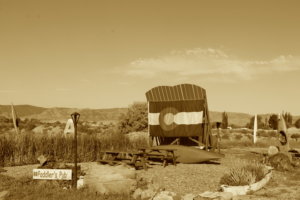
- At the beginning of the 1990s an estimated 14.8 million people participated in whitewater rafting and kayaking. This is a big jump form whitewater’s humble beginning as a club sport with a very limited number of participants. Many components can be attributed to the industries success including new magazines, TV shows, videos and movies, Internet, and competitions such as the X-Games.
- Whitewater sports were included in the 1992 Barcelona Olympics and the 1996 Atlanta Olympics.
- The International Federation of Rafting was established in 1997. The first rafting world championships were held in 1999.
- Mountain Whitewater was founded in 2000.
- Almost 5.5 milion people went on a commercial rafitng trip between 2006 and 2016 in Colorado.
